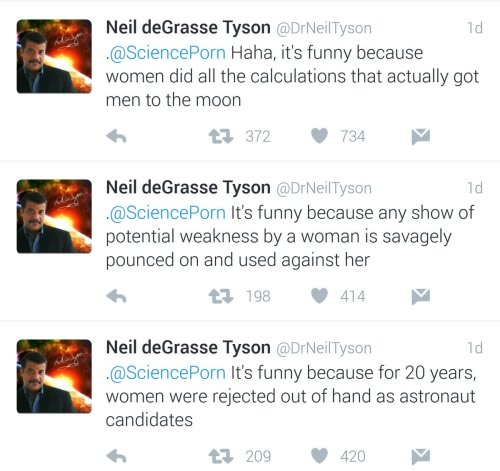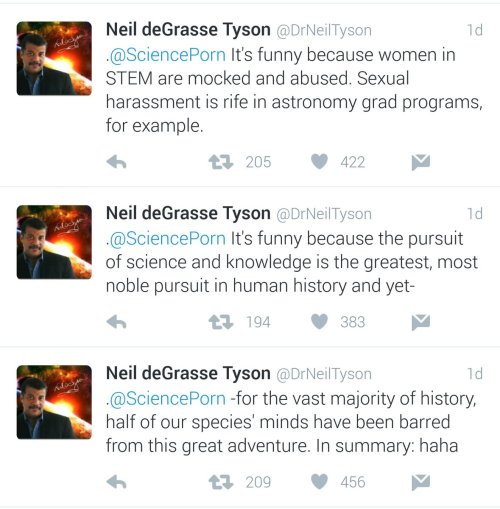23 Science Facts We Didn't Know At The Start Of 2016
23 science facts we didn't know at the start of 2016
1. Gravitational waves are real. More than 100 years after Einstein first predicted them, researchers finally detected the elusive ripples in space time this year. We’ve now seen three gravitational wave events in total.
2. Sloths almost die every time they poop, and it looks agonising.
3. It’s possible to live for more than a year without a heart in your body.
4. It’s also possible to live a normal life without 90 percent of your brain.
5. There are strange, metallic sounds coming from the Mariana trench, the deepest point on Earth’s surface. Scientists currently think the noise is a new kind of baleen whale call.
6. A revolutionary new type of nuclear fusion machine being trialled in Germany really works, and could be the key to clean, unlimited energy.
7. There’s an Earth-like planet just 4.2 light-years away in the Alpha Centauri star system - and scientists are already planning a mission to visit it.
8. Earth has a second mini-moon orbiting it, known as a ‘quasi-satellite’. It’s called 2016 HO3.
9. There might be a ninth planet in our Solar System (no, Pluto doesn’t count).
10. The first written record demonstrating the laws of friction has been hiding inside Leonardo da Vinci’s “irrelevant scribbles” for the past 500 years.
11. Zika virus can be spread sexually, and it really does cause microcephaly in babies.
12. Crows have big ears, and they’re kinda terrifying.
13. The largest known prime number is 274,207,281– 1, which is a ridiculous 22 million digits in length. It’s 5 million digits longer than the second largest prime.
14. The North Pole is slowly moving towards London, due to the planet’s shifting water content.
15. Earth lost enough sea ice this year to cover the entire land mass of India.
16. Artificial intelligence can beat humans at Go.
17. Tardigrades are so indestructible because they have an in-built toolkit to protect their DNA from damage. These tiny creatures can survive being frozen for decades, can bounce back from total desiccation, and can even handle the harsh radiation of space.
18. There are two liquid states of water.
19. Pear-shaped atomic nuclei exist, and they make time travel seem pretty damn impossible.
20. Dinosaurs had glorious tail feathers, and they were floppy.
21. One third of the planet can no longer see the Milky Way from where they live.
22. There’s a giant, 1.5-billion-cubic-metre (54-billion-cubic-foot) field of precious helium gas in Tanzania.
23. The ‘impossible’ EM Drive is the propulsion system that just won’t quit. NASA says it really does seem to produce thrust - but they still have no idea how. We’ll save that mystery for 2017.
More Posts from Stubborn-turtle-blog and Others
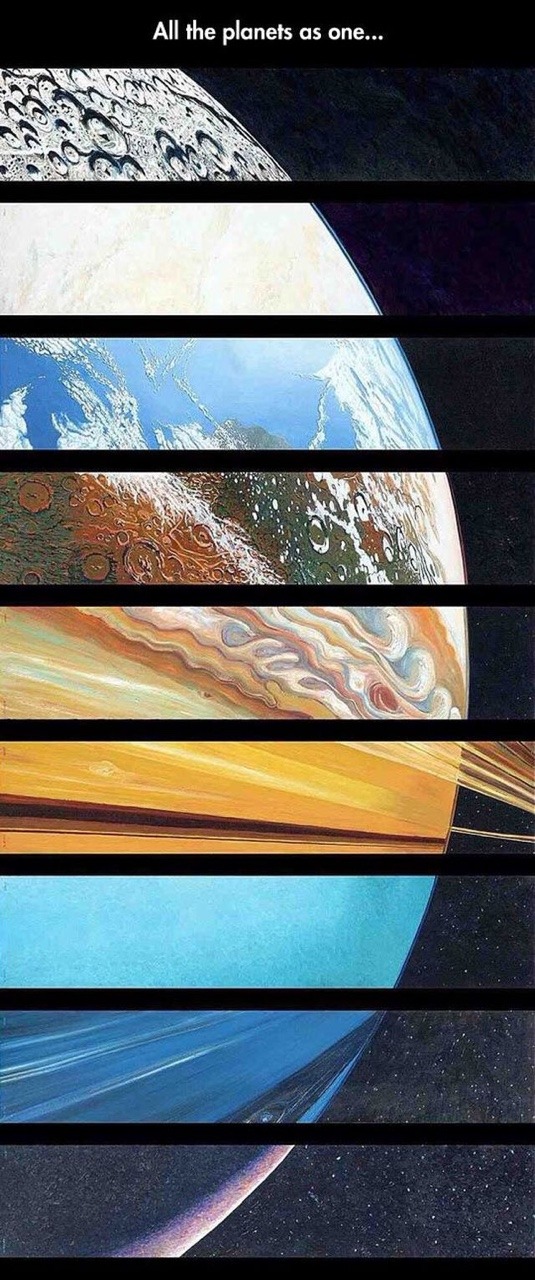
Asteroid Terms: Explained
There are interesting asteroid characters in our solar system, including an asteroid that has its own moon and even one that is shaped like a dog bone! Our OSIRIS-REx mission launches at 7:05 p.m. EDT today and will travel to asteroid Bennu.

Scientists chose Bennu as the target of the OSIRIS-REx mission because of its composition, size and proximity to Earth. Bennu is a rare B-type asteroid (primitive and carbon-rich), which is expected to have organic compounds and water-bearing minerals like clays.
Our OSIRIS-REx mission will travel to Bennu and bring a small sample back to Earth for study.

When talking about asteroids, there are some terms scientists use that might not be in your typical vocabulary…but we’ll help with that!
Here are a few terms you should know:
Orbital Eccentricity: This number describes the shape of an asteroid’s orbit by how elliptical it is. For asteroids in orbit around the sun, eccentricity is a number between 0 and 1, with 0 being a perfectly circular orbit and 0.99 being a highly elliptical orbit.
Inclination: The angle, in degrees, of how tilted an asteroid’s orbit is compared to another plane of reference, usually the plane of the Earth’s orbit around the sun.
Orbital Period: The number of days it takes for an asteroid to revolve once around the sun. For example, the Earth’s orbital period is 365 days.
Perihelion Distance: The distance between an asteroid and the sun when the asteroid is closest to the sun.
Aphelion Distance: The distance between the asteroid and the sun when the asteroid is farthest away from the sun.
Astronomical unit: A distance unit commonly used to describe orbits of objects around the sun. The distance from the Earth to the sun is one astronomical unit, or 1 AU, equivalent to about 93 million miles or 150 million kilometers.
Diameter: A measure of the size of an asteroid. It is the length of a line from a point on the surface, through the center of the asteroid, extending out to the opposite surface. Irregularly shaped asteroids may have different diameters depending on which direction they are measured.
Rotation Period: The time it takes for an asteroid to complete one revolution around its axis of rotation. For example, the rotation period of the Earth is approximately 24 hours, or 1 day.
Spectral Type: The classification of an asteroid, based on a measurement of the light reflected by the asteroid.

Watch live launch coverage of OSIRIS-REx to asteroid Bennu starting at 5:30 p.m, on NASA TV: http://www.nasa.gov/nasatv
Make sure to follow us on Tumblr for your regular dose of space: http://nasa.tumblr.com
It’s Friday...Come Space Out with Us
It’s Friday…which seems like a great excuse to take a look at some awesome images from space.
First, let’s start with our home planet: Earth.

This view of the entire sunlit side of Earth was taken from one million miles away…yes, one MILLION! Our EPIC camera on the Deep Space Climate Observatory captured this image in July 2015 and the picture was generated by combining three separate images to create a photographic-quality image.
Next, let’s venture out 4,000 light-years from Earth.

This image, taken by the Hubble Space Telescope, is not only stunning…but shows the colorful “last hurrah” of a star like our sun. This star is ending its life by casting off its outer layers of gas, which formed a cocoon around the star’s remaining core. Our sun will eventually burn out and shroud itself with stellar debris…but not for another 5 billion years.
The material expelled by the star glows with different colors depending on its composition, its density and how close it is to the hot central star. Blue samples helium; blue-green oxygen, and red nitrogen and hydrogen.
Want to see some rocks on Mars?

Here’s an image of the layered geologic past of Mars revealed in stunning detail. This color image was returned by our Curiosity Mars rover, which is currently “roving” around the Red Planet, exploring the “Murray Buttes” region.
In this region, Curiosity is investigating how and when the habitable ancient conditions known from the mission’s earlier findings evolved into conditions drier and less favorable for life.
Did you know there are people currently living and working in space?

Right now, three people from three different countries are living and working 250 miles above Earth on the International Space Station. While there, they are performing important experiments that will help us back here on Earth, and with future exploration to deep space.
This image, taken by NASA astronaut Kate Rubins shows the stunning moonrise over Earth from the perspective of the space station.
Lastly, let’s venture over to someplace REALLY hot…our sun.

The sun is the center of our solar system, and makes up 99.8% of the mass of the entire solar system…so it’s pretty huge. Since the sun is a star, it does not have a solid surface, but is a ball of gas held together by its own gravity. The temperature at the sun’s core is about 27 million degrees Fahrenheit (15 million degrees Celsius)…so HOT!
This awesome visualization appears to show the sun spinning, as if stuck on a pinwheel. It is actually the spacecraft, SDO, that did the spinning though. Engineers instructed our Solar Dynamics Observatory (SDO) to roll 360 degrees on one axis, during this seven-hour maneuver, the spacecraft took an image every 12 seconds.
This maneuver happens twice a year to help SDO’s imager instrument to take precise measurements of the solar limb (the outer edge of the sun as seen by SDO).
Thanks for spacing out with us…you may now resume your Friday.
Make sure to follow us on Tumblr for your regular dose of space: http://nasa.tumblr.com
Does anyone else just examine the marvel that is the human body (not in a sexual way). Like, I’m sitting here right now moving my fingers and watching my ligaments tense and loosen as they pull on the bones that compose the phalanges of my hand. Certain finger positions cause divots to form between the ligaments, while balling a fist causes them to be almost even with the flesh of my hand.
Sorry for the weird ramble. I just find how all the parts of the human body work and fit together to be absolutely fascinating.
The human body is an amazing machine.
audience member: what do you respect about each other
clinton: i respect that trump's children haven't stabbed him yet. i'm consistently shocked and amazed by it
Oops
When humans “domesticated” fire 400,000 years ago they made the right combination of conditions – longer periods with close human contact, plus smoke-damaged lungs – for tuberculosis to mutate from a harmless soil bacterium into our number one bacterial killer, according to new research.


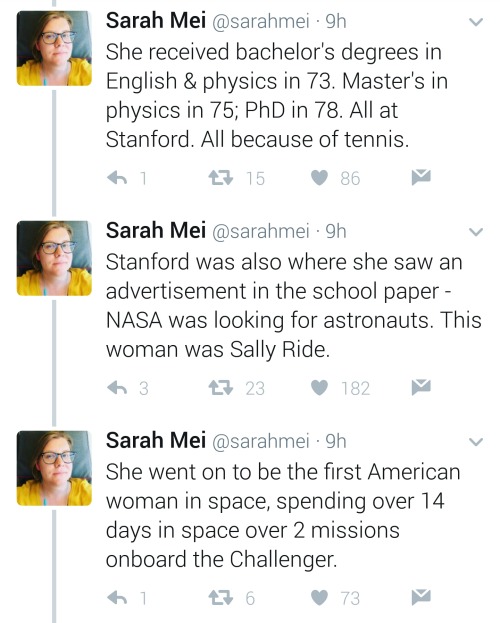

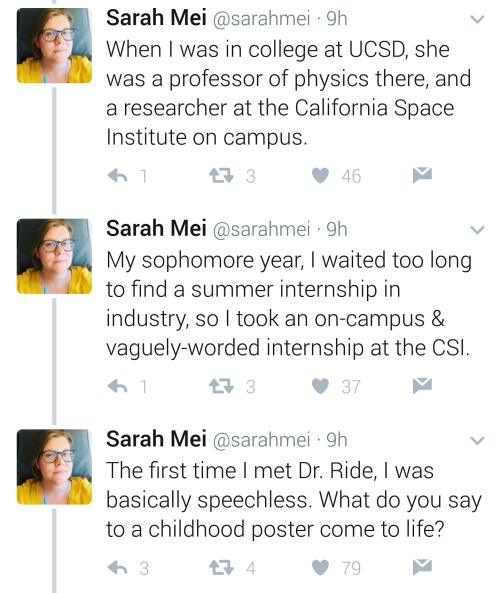
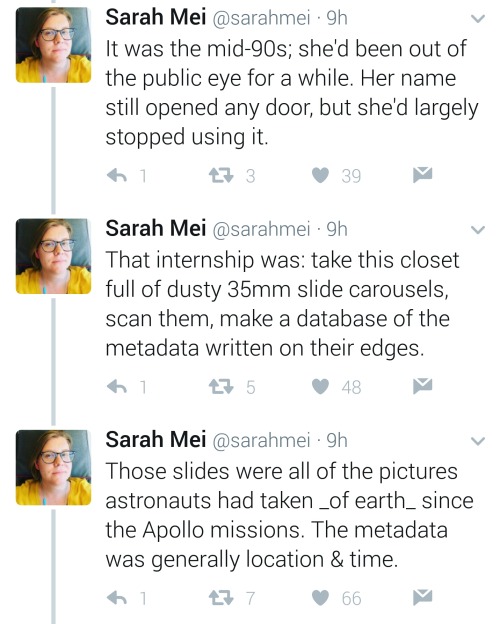
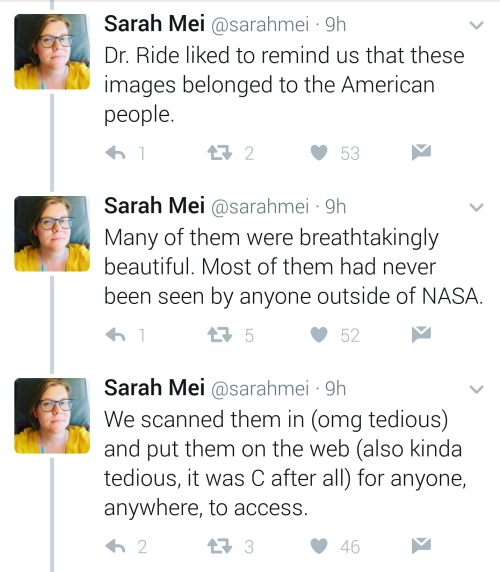
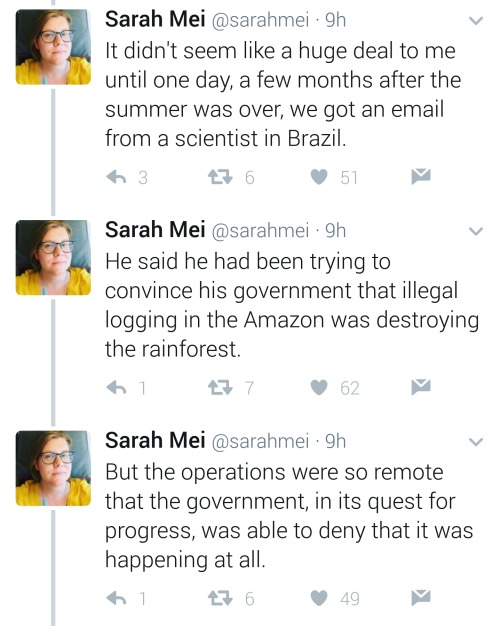
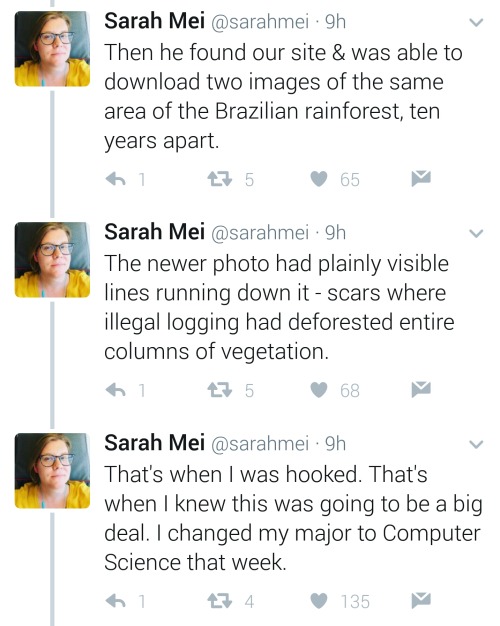
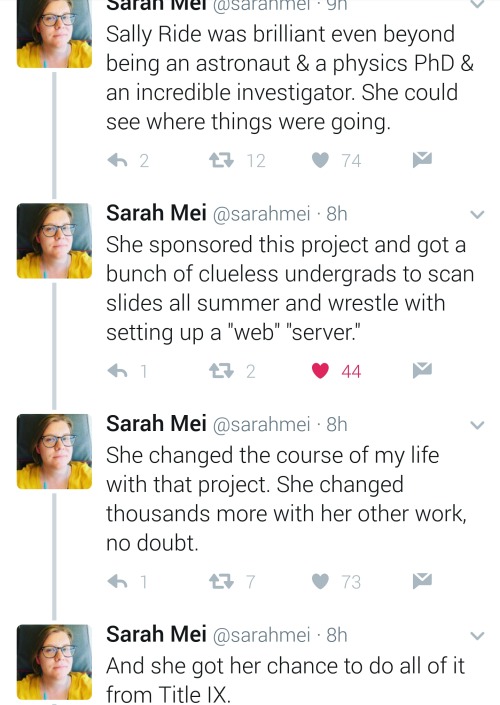
Equal opportunity benefits can be far-reaching
https://twitter.com/sarahmei/status/818682610712866817










Residence in Woody Creek, Colorado
Perched at the rivers edge, this Pampiano Residence by Studio B consists of an addition to the existing house as well as a detached garage with a dwelling unit above. The new architecture reinterprets the existing house and marries the project as ‘a whole’ through its use of materials, patterns and massing.
Images and text via + via
-
 slugparade reblogged this · 2 months ago
slugparade reblogged this · 2 months ago -
 honestcivilian liked this · 6 months ago
honestcivilian liked this · 6 months ago -
 the-no-dont-do-its reblogged this · 6 months ago
the-no-dont-do-its reblogged this · 6 months ago -
 annauef3o liked this · 6 months ago
annauef3o liked this · 6 months ago -
 cheloneuniverse liked this · 1 year ago
cheloneuniverse liked this · 1 year ago -
 catacumbadeletras-blog liked this · 1 year ago
catacumbadeletras-blog liked this · 1 year ago -
 thisispocketpadfoot liked this · 1 year ago
thisispocketpadfoot liked this · 1 year ago -
 pulpcomedy liked this · 1 year ago
pulpcomedy liked this · 1 year ago -
 sosayset reblogged this · 2 years ago
sosayset reblogged this · 2 years ago -
 megasharpposts liked this · 2 years ago
megasharpposts liked this · 2 years ago -
 monophyletic liked this · 2 years ago
monophyletic liked this · 2 years ago -
 unbridledsun reblogged this · 2 years ago
unbridledsun reblogged this · 2 years ago -
 wheninromee liked this · 2 years ago
wheninromee liked this · 2 years ago -
 awkwardgenderqueerparent reblogged this · 2 years ago
awkwardgenderqueerparent reblogged this · 2 years ago -
 spaceconveyor reblogged this · 2 years ago
spaceconveyor reblogged this · 2 years ago -
 checkthefreshness liked this · 2 years ago
checkthefreshness liked this · 2 years ago -
 wernher-von-brawny reblogged this · 2 years ago
wernher-von-brawny reblogged this · 2 years ago -
 dantemgalileo reblogged this · 2 years ago
dantemgalileo reblogged this · 2 years ago -
 spaceconveyor liked this · 2 years ago
spaceconveyor liked this · 2 years ago -
 awkwardgenderqueerparent liked this · 2 years ago
awkwardgenderqueerparent liked this · 2 years ago -
 azaraih liked this · 2 years ago
azaraih liked this · 2 years ago -
 garulu liked this · 2 years ago
garulu liked this · 2 years ago -
 gatoconpies liked this · 2 years ago
gatoconpies liked this · 2 years ago -
 wherethegoldenleavesfall liked this · 2 years ago
wherethegoldenleavesfall liked this · 2 years ago -
 brbjellyfishing liked this · 2 years ago
brbjellyfishing liked this · 2 years ago -
 eckleburgs-eyes liked this · 2 years ago
eckleburgs-eyes liked this · 2 years ago -
 languagedemon liked this · 2 years ago
languagedemon liked this · 2 years ago
Gaming, Science, History, Feminism, and all other manners of geekery. Also a lot of dance
243 posts



